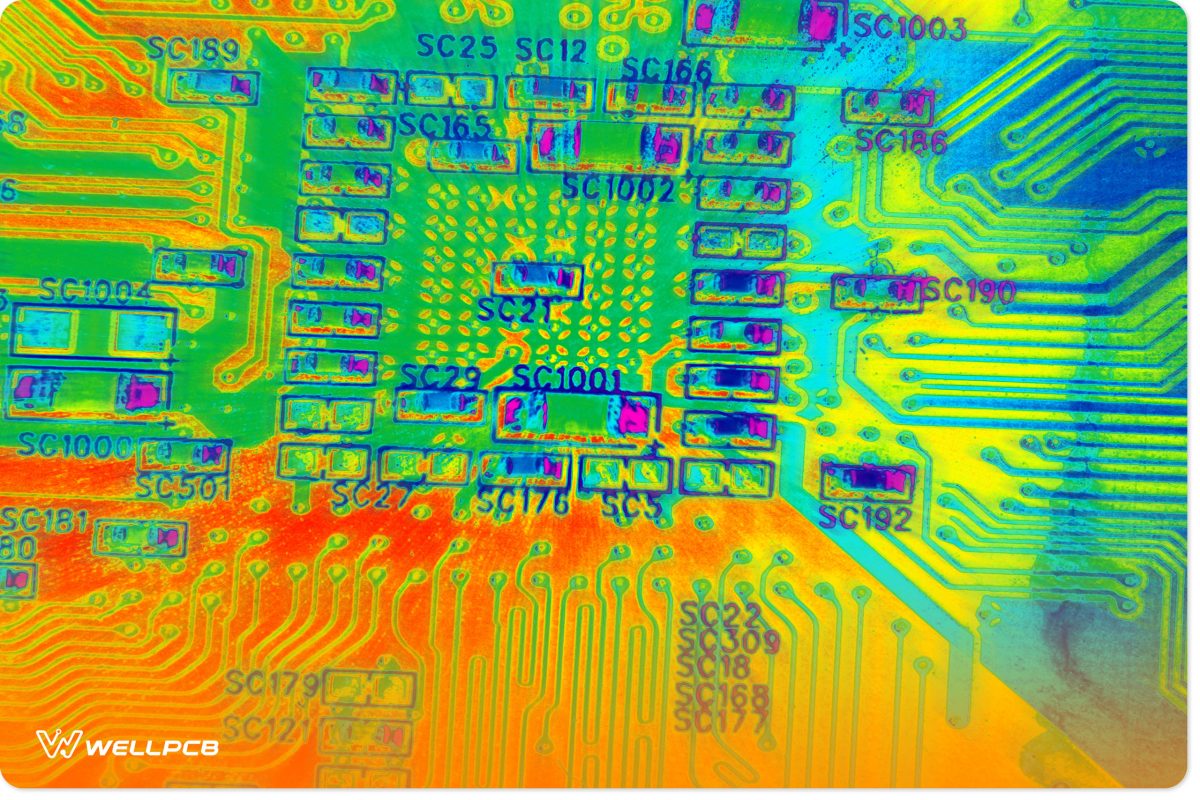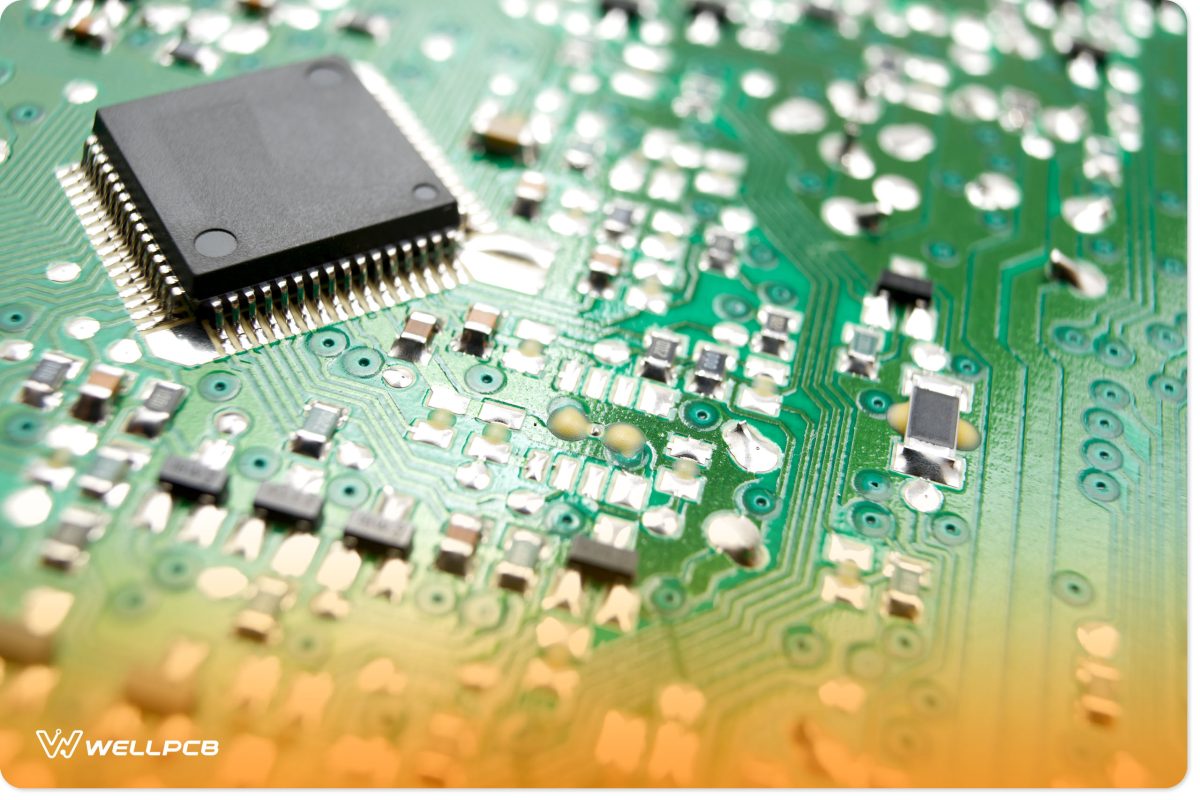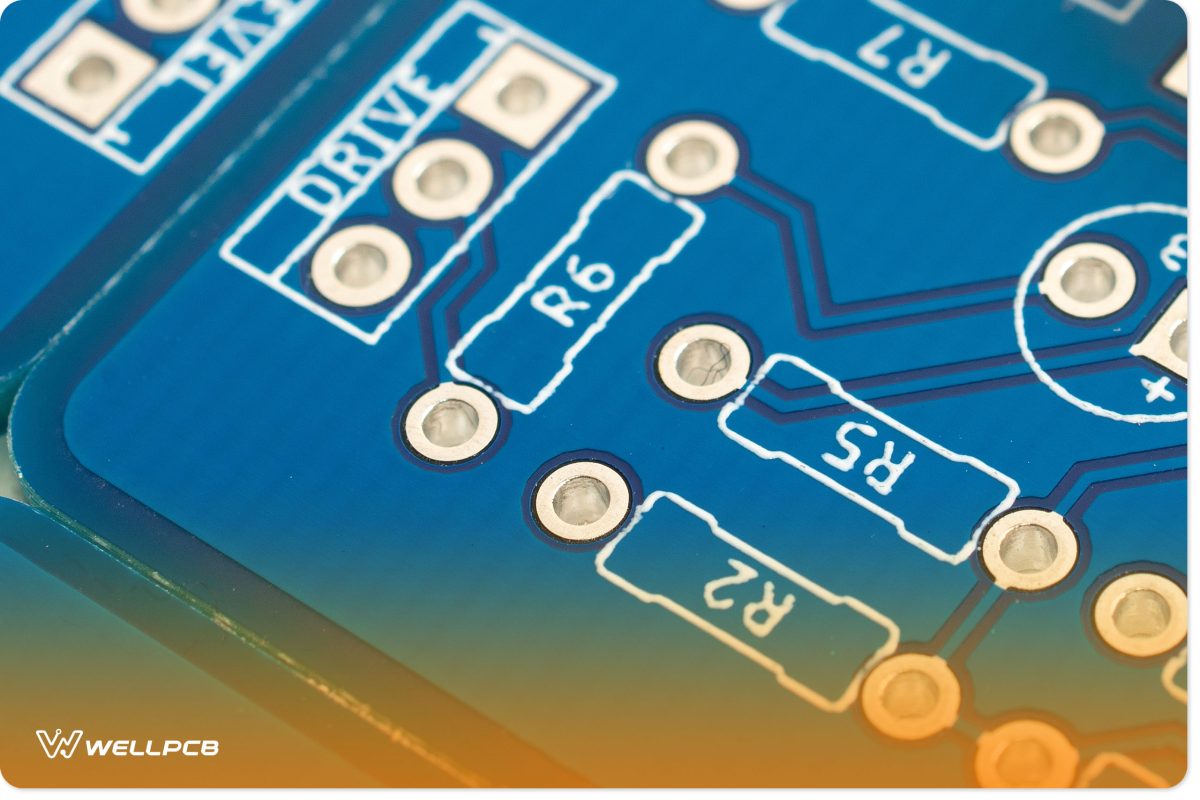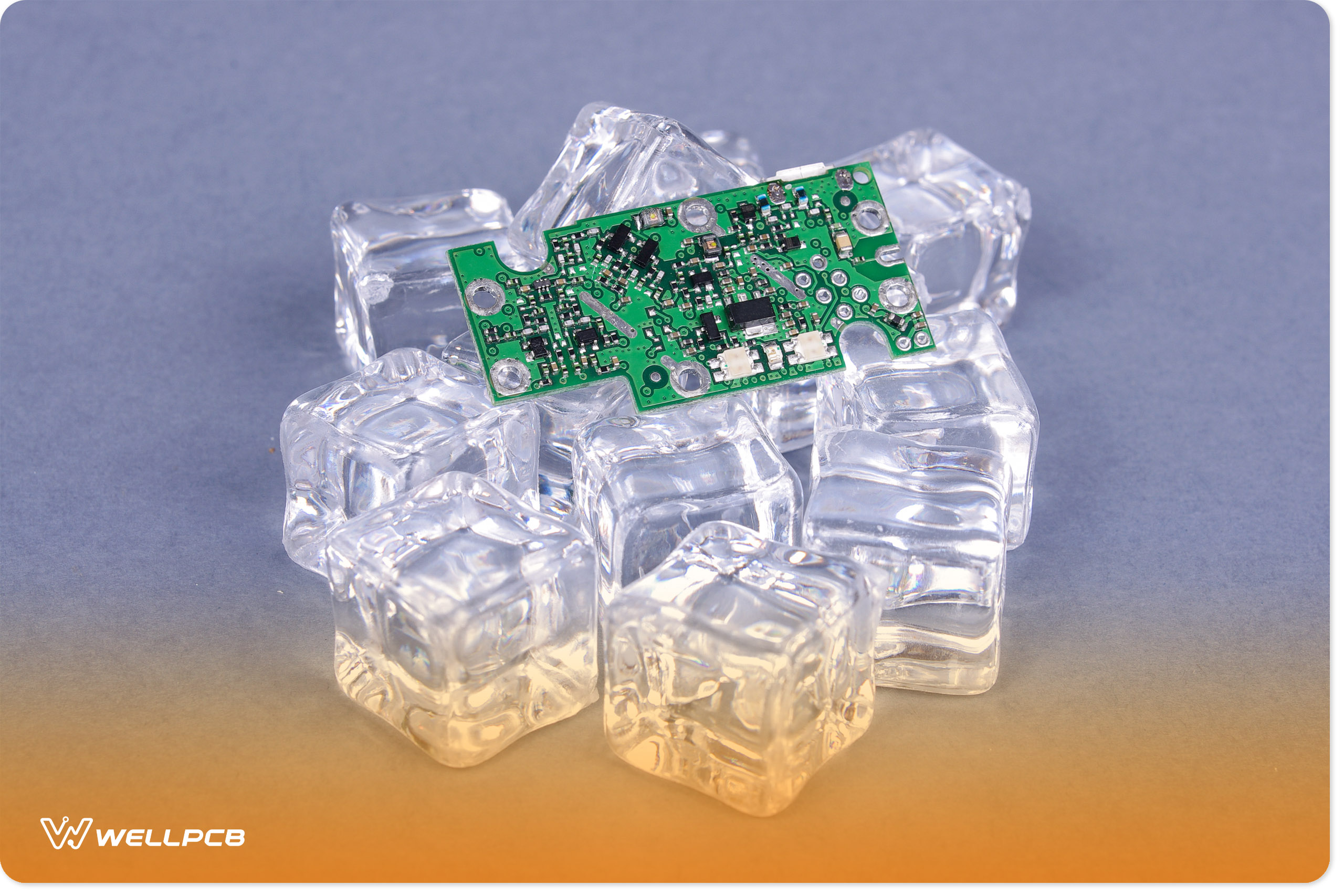Contents
Requirements of PCB Substrate
A mass-produced commercial PCB must comply with various standards. The PCB substrate material must have some basic requirements for making a quality PCB.
The selection should include the analysis of chemical, electrical, thermal, and mechanical properties.
Chemical properties
The PCB substrate must be chemically stable to use in the circuit board. The material should be fireproof.
Underwriters Laboratories and various other institutes determine the fire safety levels of the material.
In simple terms, the substrate must resist high temperatures and stop burning immediately if it catches on fire.
PCB substrate must also be resistant to moisture and chemical reactions.

Electrical properties
They must have high electrical resistance to prevent current leakage. The dielectric material must not change its conductance with exposure to various environments.
The substrate is analyzed for surface and volume resistance to ensure the board’s conductive nature stays below the requirements.
The material must be stable in case of a power surge and high-voltage sparks.
Thermal properties
The critical property of the substrate is its thermal conductivity.
The material must conduct thermal energy produced by the components on board.
The material must also resist thermal shocks and overheating of the components.
The thermal coefficient must remain constant with exposure to various environments.

Mechanical properties
They must have sufficient mechanical strength and vibration resistance to avoid damage to the circuitry. The material must also be reasonably flexible to compensate for the stress and thermal expansions.
Glass epoxy
Glass epoxy laminate is the most used PCB substrate. It is made by compressing multiple glass fiber sheets with a temperature-activated epoxy-based adhesive in between them.
Present so of glass makes the substrate harder and offers the maximum resistivity.
Glass epoxy is available in various thicknesses for a variety of applications.

Aluminum
Power electronics and high-power dissipation applications use aluminum as a substrate for heavy house components and have excellent thermal conductivity.
High-power LED circuits mostly use aluminum to have good thermal conductivity as they are susceptible to temperature changes.
Having bare aluminum also avoids the need for a heatsink in various applications.






